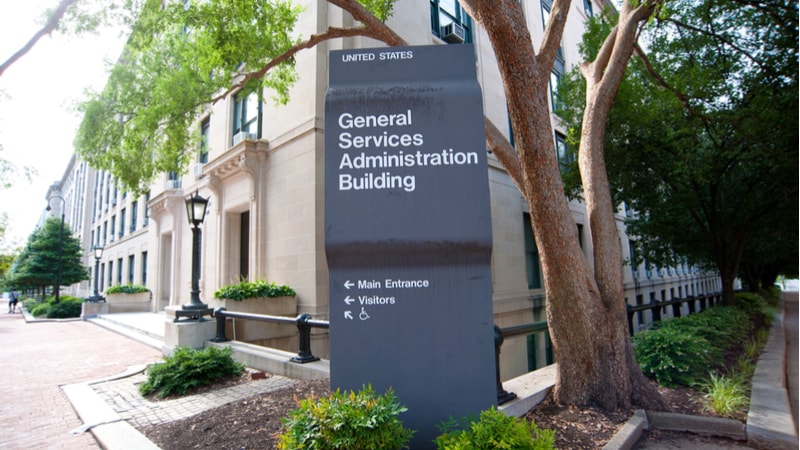
The General Services Administration (GSA) has developed an emerging technology “radar” process to help it track the trajectory of emerging technologies from initial research and development to government experiments, according to the Assistant Commissioner of GSA’s Office of Information Technology Category (ITC) Laura Stanton.
At today’s Federal Networks event in Arlington, Va., Stanton explained that the radar will help the acquisition community “anticipate the impact” technologies such as AI and quantum computing will have on the public sector.
“This emerging technology radar gives us the visibility on what’s coming towards the public sector in the Federal government, and what we need to be keeping our eye on,” Stanton said during her keynote address. “As the technologies become more mature and as they become more integral to solving agencies’ IT needs, then we know that we need to start making changes in our acquisition process.”
“We are constantly re-examining the contracts that we have to make sure that not only do we have the right terms and conditions and requirements built into these contracts, but that we also have the right sets of suppliers and the right sets of capabilities,” she added.
Stanton said that GSA is currently engaging with agencies such as the National Institute of Standards and Technology (NIST) and Cybersecurity and Infrastructure Security Agency (CISA), as well as academic institutions and industry leaders “to be able to track the technologies that are coming towards us.”
Michael Berkholtz, the senior manager of technology lifecycle services within GSA’s Office of Enterprise Technology Solutions (ETS), explained that GSA launched the emerging technology radar by zeroing in on the ITC business space and ITC customers’ business space.
From there, he said GSA spent a lot of time researching emerging technologies that impact chief information officers (CIOs), as well as GSA operations and contracts.
“We started thinking about, well, how do we know that something is mature enough for Federal use?” Berkholtz said.
To help answer that question, the emerging technology radar is broken into four different areas. The first, he said, is the preliminary “outline” area, which looks at emerging technologies that are coming into a government or private sector lab that are in the “initial stages.”
Berkholtz said the next area is determining whether or not there is “business value” to the emerging technology.
The third area, which he said is where it “starts to get interesting with generative AI,” looks at what commercial companies are doing with the technology.
Finally, the last bucket is looking at where the technology is entering into the Federal space. In this area, Berkholtz said GSA is starting to talk about pilot programs for emerging tech.
“That’s where we really want to understand what are the use cases, what are the business models. Who are the vendors in that space so that we’re looking at our contracts and saying, ‘Do we have the right scope available? Do we have the vendors who are in this space? Is there a change to the business model we have to be worried about?’ So, then we start going through analysis as it relates to that,” Berkholtz said.
Lawrence Hale, the deputy assistant commissioner for category management within GSA’s ITC, added that the emerging technology radar is helping GSA to look towards the future. Hale used the famous quote from hockey legend Wayne Gretzky to sum up the initiative: “We need to be skating to where the puck will be, and not where the puck is right now.”
“The ‘why’ about the radar is if we are only in a reaction mode, if we’re waiting until these technologies are widely commercially available, and then we start thinking about getting them on contract, we’re too late,” Hale stressed.
“We have to be monitoring these technologies on this radar as they move from the outer rings of the radar in towards the center,” he said, adding, “We have to be … understanding, analyzing, researching, tracking, and engaging with industry so that when the Federal agencies and [Department of Defense] are ready to consume the commercial products, we’ve already got them on contract. We’ve had them on contract, and we’re ready to go.”
Additionally, Hale said that GSA is also developing an AI advisory committee focused on emerging tech and acquisition.
“We’re setting up an AI Acquisition Advisory Committee,” Hale noted. “This committee is going to be comprised of government, industry, and academia, so we’ll be bringing the communities together to advise the government on the use of artificial intelligence.”
